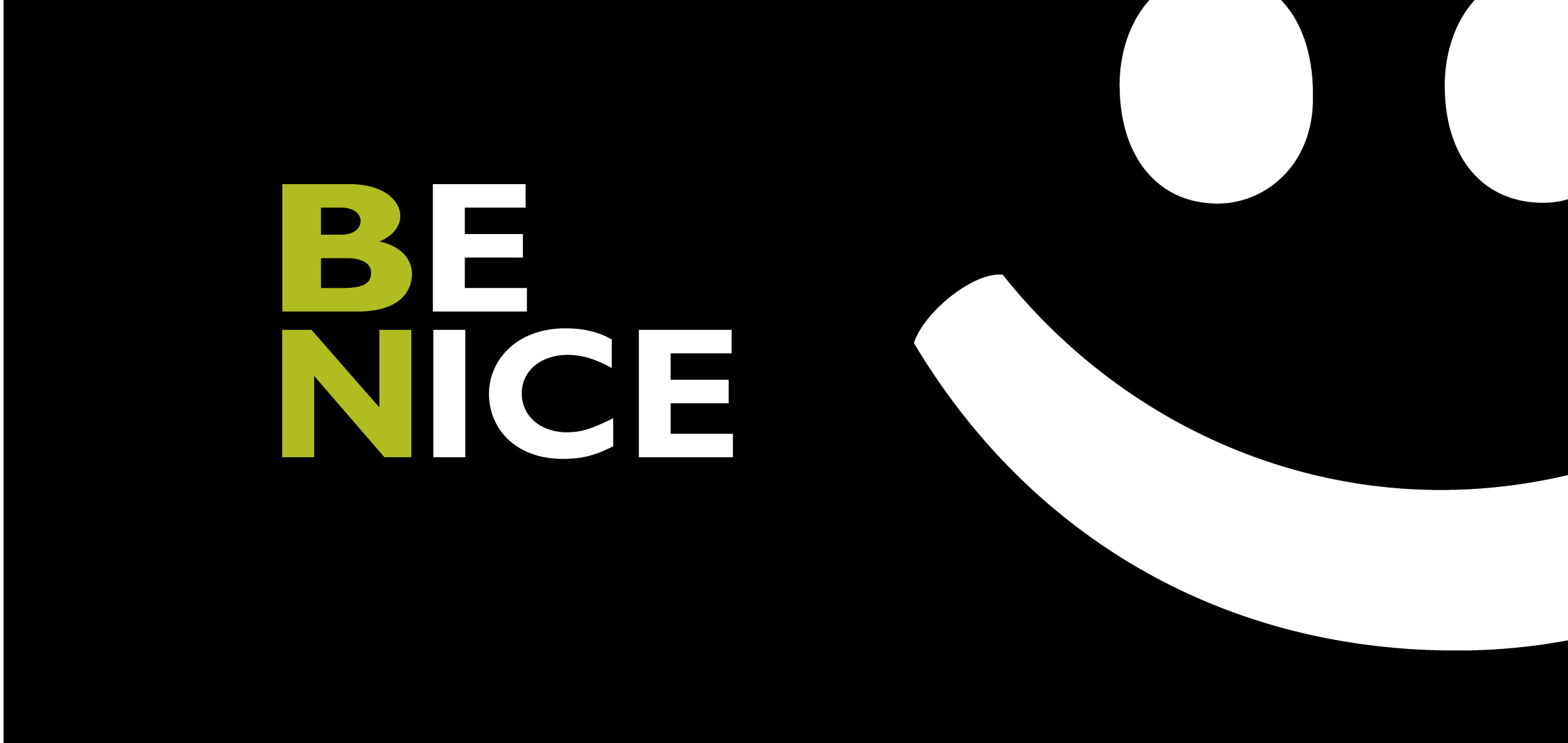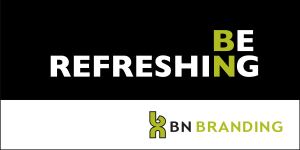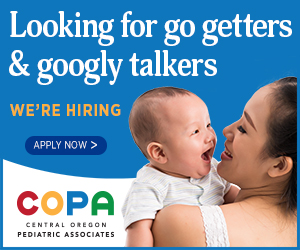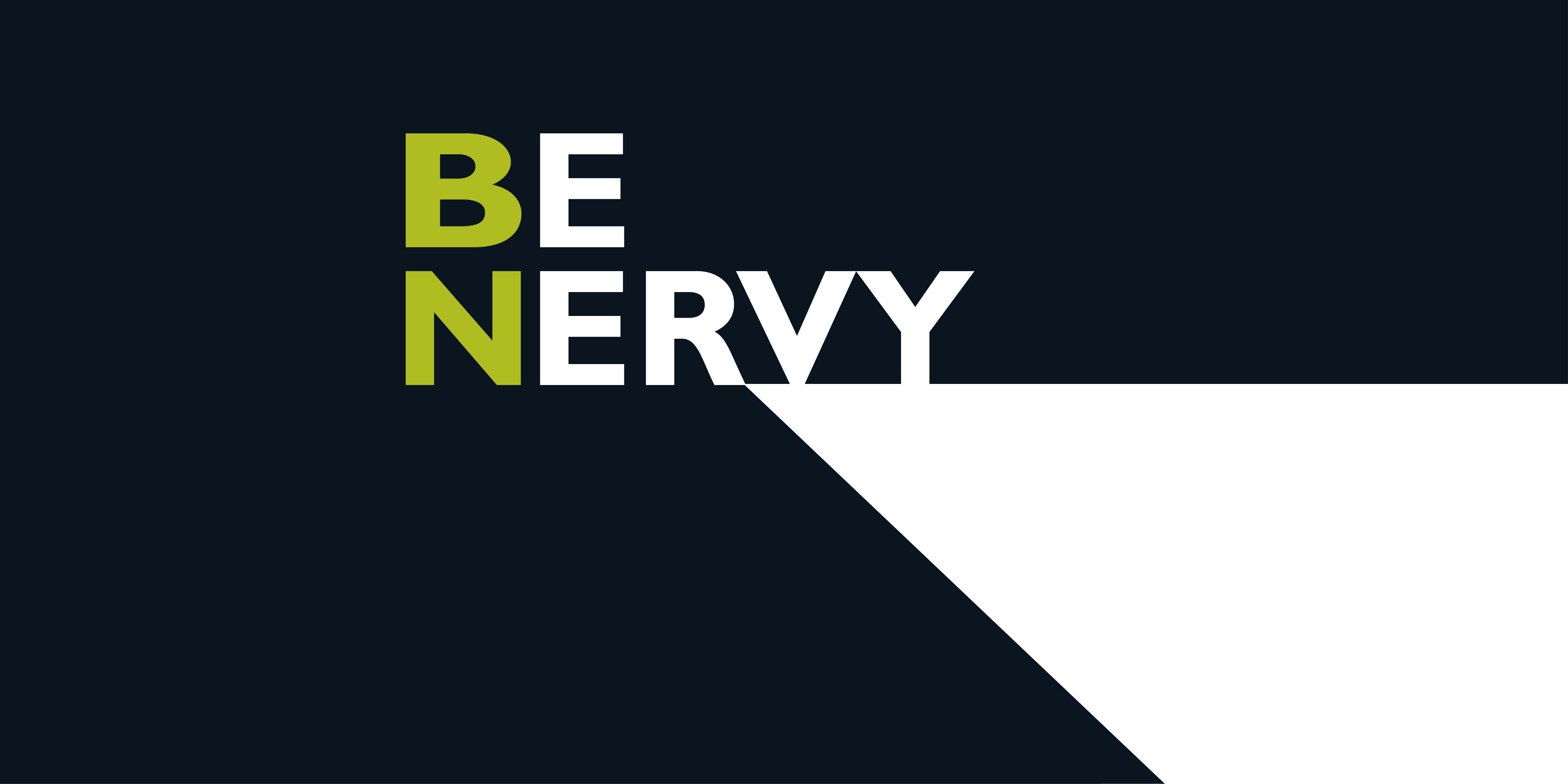![]() Planning, creating, producing and managing an effective advertising campaign is not easy. There are details galore, many moving pieces, and an interesting array of individuals who all need to come together to make it happen.
Planning, creating, producing and managing an effective advertising campaign is not easy. There are details galore, many moving pieces, and an interesting array of individuals who all need to come together to make it happen.
When it does, it’s really quite magical. It’s a rare marriage of strategy, art and salesmanship that produces spectacular results.

So here is some insight on the process that will help you produce effective advertising, no matter what side of the table you’re on.
This is how we can all work together — agencies and clients — to create more effective advertising. More memorable design. Better client-agency relationships. And ultimately, stronger brands…
If you’re a client…
1. Make your new campaign a priority.
Give the agency team plenty of your time and unrestricted access so they can be thoroughly prepared. Share everything. Put it all on the table, including the white elephants — if there’s something you absolutely won’t entertain or can’t stand, make that clear immediately.
Remember, your agency team wants to help. They want to prove themselves. So as Jerry Maguire (aka Tom Cruise) once said “help me help you.” Provide the most thorough, most insightful marketing brief you possible can. Be absolutely clear about your objective, and be open to suggestions when it comes to strategy.
2. Embrace the strategy behind the work.
When it comes to presenting ideas, advertising people love the preamble, or “pre-mumble” as a colleague once called it. We’re anxious to show off the thinking behind the work, probably because we know that most business owners don’t have tremendous respect for advertising guys. (They judge harshly and pigeonhole us as “artists” and “whacky creative types,” rather than trusted business consultants.)
We also know that no matter how great the work is, most people need to justify a good gut decision with some facts and data.

So we trot out the charts and graphs and point to the insight that we gleaned from all the market research. Then, in classic Don Draper style, we craft a speech to “set-up” the inevitable and brilliant creative solution that the client can’t possible resist.
But… Many clients won’t hear it.
Their preconceived notions won’t allow it. They just want the sizzle, and if they don’t see it immediately no amount of strategic rationale will sway them.
In that case, “smarter” doesn’t necessarily sell. More research, better planning, and a sharply crafted creative brief count for nothing if the execution doesn’t tickle the client’s fancy.
Of course, just because it appeals to the client doesn’t mean it’ll work in the marketplace. So it gets complicated. It has to be strategically sound, it has to appeal to the CEO, AND it needs to resonate with the target audience.
[convertkit form=5936283]
3. Extricate yourself from the day-to-day, minute-to-minute, demands of your job.
I know it’s hard, but to be fair you need some perspective. Block out a few days to immerse yourself in your brand without the worries of your daily grind.
You’ll be working with creative people, so get into a creative mindset of your own. At the very least, when it’s time to evaluate your new campaign put everything else aside and focus entirely on the campaign in front of you. That’s just common courtesy and professionalism. The agency team is giving you their full attention. They deserve the same. If you’re answering calls in the middle of a presentation it’ll be painfully obvious that you don’t value their work.
4. Throw the rear-view mirror thinking out the window.
Take a fresh new look at the marketing in your category. Think about the stereotypes that are hurting your business. How could you get past those? Make a list of all the industry conventions and cliches in your particular business. Review the “ways we’ve always done things,” and discard all that baggage for a day. Forget the old, and open yourself up to the genuinely new.
5. Be patient.
There are plenty of brilliant art directors and writers who aren’t good presenters. Listen attentively during the pre-amble, and be slow to criticize anything at that stage. It might not make sense at first, but wait until the presentation is complete. Only then can you judge fairly and delve into the inevitable questions that arise from an idea that may seem outlandish.
6. Embrace the edginess.
When you see a truly great advertising idea, it will NOT look like anything else you’ve seen. So yes, it’s going to be uncomfortably unfamiliar. You’ll feel like you’re really out there on the edge.
Rest assured, you’re not alone in your squirming. Even the most effective advertising produces discomfort for many people.
I once saw an amazingly effective, caring CEO get completely lost and befuddled by this. He really wanted to like the work — that much was obvious. But he could not get his head around the one, fundamental fact of advertising:
UNfamiliar is GOOD!
Familiar is bad.
That’s the secret to more effective advertising. If it’s NOT a novel idea, it won’t get noticed.
As Advertising legend George Lois once said, “Advertising is like poisonous gas… it should bring tears to your eyes and unhinge your nervous system. It should knock you out.”
So set your expectations accordingly… if they show you an idea that seems “way out there,” you’re probably on the right track. Lois says, “safe, conventional work is the ticket to oblivion.”
If they show you something that seems “fine” and familiar, that’s when you should push back and say, is that all you got?”
If you’re the agency account executive…
1. Make a genuine connection with the client.
First, make sure you’re connecting with the right person. The one with the real decision-making authority. Then devote extra time to get to know that person.
One approach is to embed yourself — like a war correspondent — into the client’s business. Camp out. Shadow your client. Listen to everything that’s going on internally. You’ll often pick up subtle cues about the culture and the kind of advertising they’ll embrace.
But it’s not just the business you need to know. I’m talking about the client’s personal taste in everything… political leanings, entertainment preferences, family situation, personality traits. Take a page out of Harvey McKay’s sales playbook, (How to swim with the sharks without being eaten alive) and learn that person inside and out.
2. Communicate, communicate, communicate!
It does you no good to schmooze with client if you don’t share your insight on that person with the creative team. Many AEs hold on tightly to that knowledge, believing it’s power. But that relationship you’ve worked so hard to build is worthless if you don’t win or keep the business. That means close, constant contact with the writer, the art director, the planner and the media person. Share everything you know, and your odds of making that client happy will rise dramatically.
3. Know when to stop selling, and when to start listening.
When the client is presented with a campaign that does not resemble the recognizable, feature-driven advertising that he’s accustomed to, he might seize up. Not know what to say. Your job is to be comfortable with that uncomfortable silence.
Basically, shut up!
Stop selling. Let the idea sink in and let the client lead any further discussion. Don’t be jumping in with superlatives of any sort. They’ll only weaken your case. And defer to the creative team on the executional details.

If you’re on the creative team…
1. Communicate, communicate, communicate!
Yes, good teamwork and effective advertising hinges on communication in both directions. So keep the account person in the loop, as well as the client. Share your ideas early and often. Shut up and listen to the AE, the planner, and anyone else who can help. Make clarity a priority.
Art directors and writers need to be willing to defer to the AE on some issues. If the AE really knows the client, and she says he’ll “never go for it,” you just might have to, for once, defer to her judgement and go back to the well. There’s always another approach.
You might also customize your pitch to the prospect’s personality…
Most creative presentations reflect the personality of the presenter. Turn it around, and make the pitch match the personality of the client.
If he’s highly analytical, then the preamble might be crucial. If he has Attention Deficit Disorder, you’ll want to shorten everything. Cut to the bone. If he’s a contemplative intellectual, build in time for him to think and process. If he’s funny and dynamic, then by all means, be funny and dynamic.
2. Nail the first 30 seconds.
The first impression is everything, so start with the simplest execution. Hit them between the eyes with one sharp visual or winning line that sums it all up.
Digital ads are great for this purpose… they have to work like billboards on the information highway… you got three seconds to impress.
Ready set go!
Then show how the campaign has legs, and can extend into print, TV, long format video, content marketing and social media.
Think about reorganizing your pitch. Turn the preamble in the post-amble. AFTER you have their attention, and AFTER you’ve blow them away with unexpectedly brilliant advertising or design, then you can present the rationale behind it. But keep it short and sweet. Remember, you’re not trying to solve all their marketing problems in one meeting. You just need to win their confidence so you can move deeper into the creative process.
3. Embrace every assignment – even the seemingly mundane ones.
Truely great creatives can take any little project and turn it into an inspiring, award-winning endeavor. Here’s a good example…
A long-time client came to me looking for Facebook ads to help with their recruitment efforts. Recruitment advertising is not a category that’s known for any sort of creativity. In fact, 90 percent have the same headline: “Help Wanted.”
Here’s what we did… they’re recruitment ads that double as great branding for a pediatric practice.


4. Try to put yourself in his or her shoes.
Since the AE knows the prospect in and out, it should be relatively easy for her to empathize with the client.
But the creative team needs to do the same. Forget about your own position within the agency, and put yourself in your client’s shoes. Realize that he has pressure from all directions, and do everything you can to alleviate some of that. Don’t forget, Advertising is a service business, after all.
Is content marketing your idea of more effective advertising? check out THIS post.



It’s a great read. Thanks for sharing such a mindful & researched guide with us.
NJ Graphica